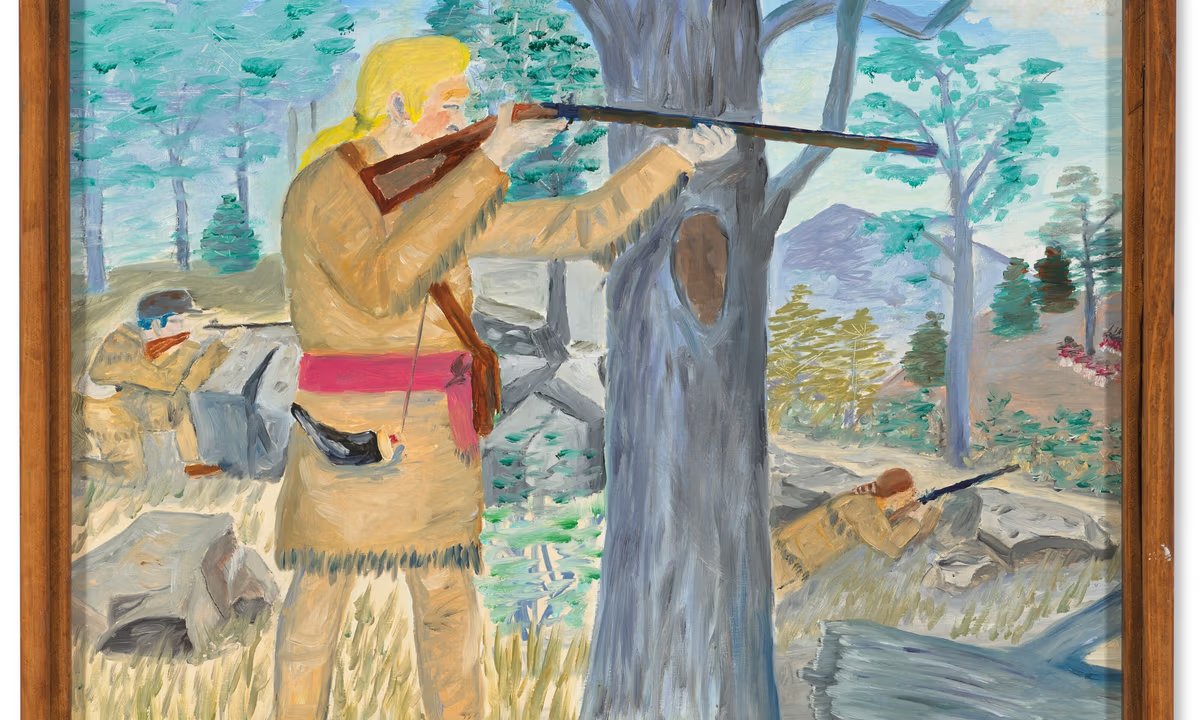A Bengal artist who transformed a once-nondescript forest village into an art hub has now connected with several other surrounding settlements — once the hotbed of the Maoist movement — to make art a way of life and empower marginalised communities.
It was in 2000 that Mrinal Mandal graduated from the Government Arts College in Kolkata, following which, as a landscape artist, he scanned the rural landscape of Bengal to familiarise himself with various traditional arts. Then, in 2008, his native place, Jhargram, came in the grip of the Maoist movement.
“Killings had become common. People would go missing. Places would be set on fire. This went on till the end of 2010. I felt deeply scarred. In 2011 I held an exhibition titled ‘Roots’ at the Ganges Art Gallery in Kolkata. It depicted the suffering of the people caught in the movement, and the tremendous destruction of public property,” Mr. Mandal told The Hindu.
He then set up Chalchitra Academy, an artists’ collective, and in 2018 returned to Jhargram to make a nearby settlement called Lalbazar, a village inhabited by less than 100 people belonging to the shy Lodha tribe, his second home. There he began holding regular workshops, with the help of associates in Kolkata and also indigenous artists, to train villagers in various forms of traditional art, including dokra, katum-katum and kantha stitching. Today, Lalbazar, given the sobriquet of ‘Khwaabgaon’ (village of dreams) by an admirer of Mr. Mandal’s efforts, is frequently visited by tourists coming to Jhargram. Art has not only added to the income of the villagers but also decorated the walls of village homes.
By late 2023 Mr. Mandal had extended his efforts six kilometres away to another village, Konedoba, populated by the Santhal tribe. Today, 10 more surrounding villages in this wooded part of West Bengal, that is, 12 villages in all, are part of what has become a network of art. Mr. Mandal wants to name the entire project — of empowering villagers through art — Khwaabgaon.
“Every weekend we have drawing and handicraft classes held by graduates of the art college, and every month we have a workshop on indigenous art, terracotta, dokra, patachitra, and so on. Recently, we had a workshop on 3D painting conducted by an artist from America. The classes and workshops are joined by people from all the 12 villages,” Mr. Mandal said.
Apart from Lalbazar and Konedoba, the villages connected to the art project now include Gangadharpur, Uransol, Radhanagar, Keudi, Savaytan, Jorakhali, Arjundahar, Suyabansha, Darkhuli and Khaira Suli.
“This region is my canvas now and its people and trees are my paint and brush. The Khwaabgaon project has no help from the government or corporate sector — it runs entirely on crowdfunding. As an artist, I am doing whatever I can to bring about development in these villages, something the government should have done. You can call this a silent protest, a political statement on my part,” Mr. Mandal said.
month
Please support quality journalism.
Please support quality journalism.






